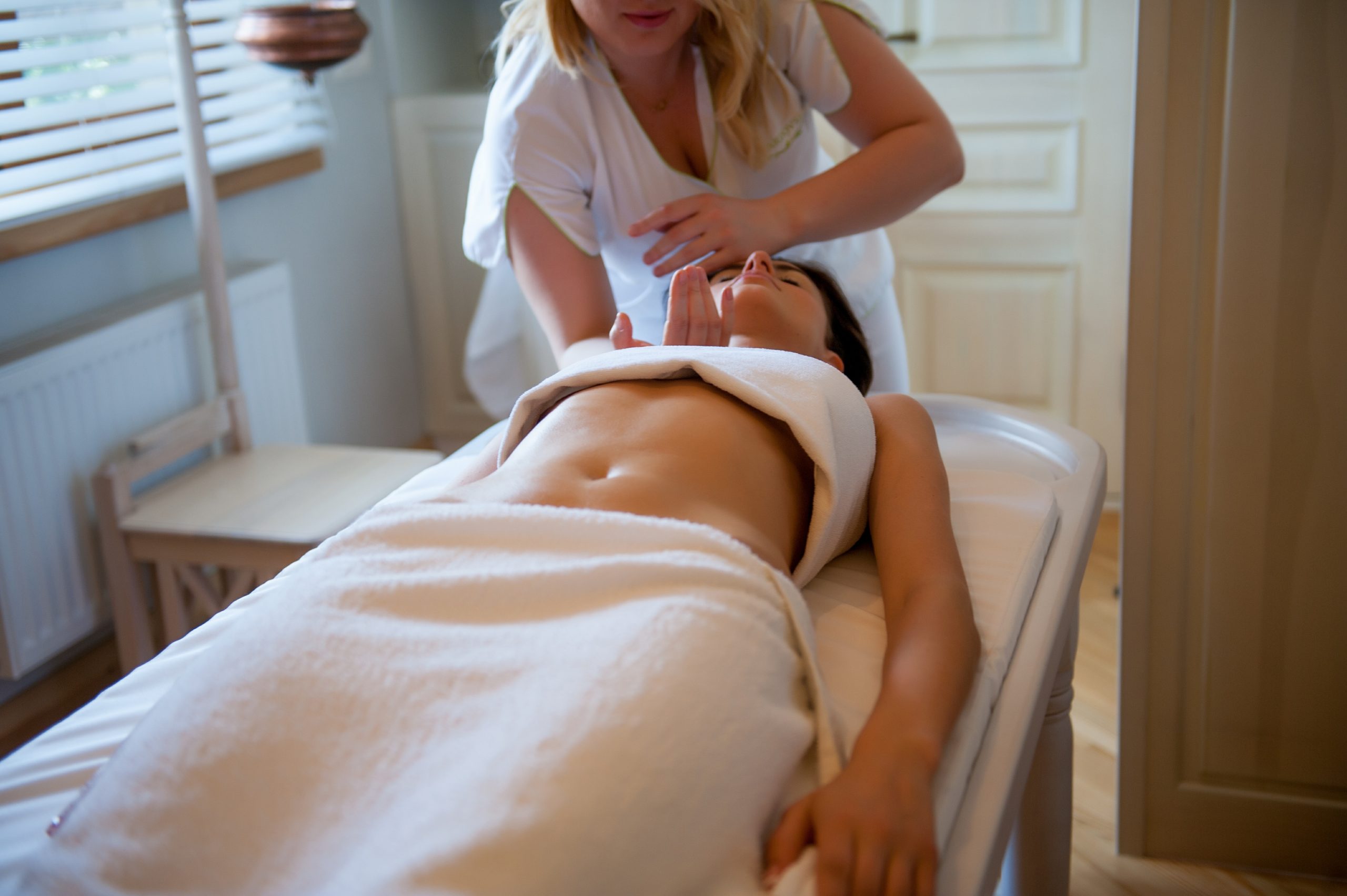Since ancient times, scientists and thinkers have guessed about the profound connection between the physical state of our body and the state of our psyche. As early as the fifth century B.C., Socrates argued that there is no bodily illness separate from the mental. Plato, on the other hand, lamented: “It is a great mistake to treat bodily and mental illnesses by different doctors. For the body is inseparable from the soul.

It is already generally recognized that the human being is a system with complex dependencies, including those that require an integrated approach to therapy. If earlier science tried to separate the “soul” and the “body” for the convenience of study, now there is a clear tendency to unify and see the whole more holistically. Perhaps this is why there has been a recent surge of interest in such phenomena as psychosomatics (from Greek ψυχή – soul and Greek σομα – body) – a branch of medicine (psychosomatic medicine) and psychology that studies the influence of psychological factors on the occurrence and course of somatic (body) diseases. And the list of diseases classified as “psychosomatic” is growing every year!
In medicine and psychology today there are many methods and techniques for working with a person as an interconnected body-psychic system. One of these methods is holistic therapy. The name of this method reflects this directly: “holistic” is derived from the English “whole”.
I wonder what the connection is between the body and the psyche. It is bidirectional – pain, physical ailments and trauma certainly leave their mark on the state of mind. It may simply be fears of a recurrence of the causes of physical suffering, as, for example, if a person suffers a car accident, then later on he sits in the car again with constant anxiety. On the other hand, our psychological problems, complexes, experiences and stresses also leave an imprint on our bodies. Even the well-known catch phrases “bent over under the weight of problems,” “headache from the experience” testify to this, but this is only the tip of the iceberg; in fact, the body reflects not only our momentary state: thoughts, emotional reactions, but also stores our entire experience.
The emotionally significant experiences a person has undergone “grow into” the memory of the body and are recorded in it. Thus, the body, imprinting the masks and roles chosen as ways to protect itself from severe experiences, acquires a “muscular shell”, knots and areas of chronic tensions and clamps (so-called blocks). They block vital energy, emotions, strength, abilities; limit mobility and vitality resources of the body; reduce the quality of life and fullness of the personality itself; lead to disease and aging.

What is a block? It is an area of tension in the body, a chronic tension in muscles that a person is not aware of. Such muscles do not relax even when sleeping, and often a person is unable to relax them even if he wants to. If a person has a lot of muscle clamps, they talk about the presence of a whole muscle shell, and the expressions “flexible character” or “stiff person” correspond to the real state of affairs – the flexibility or stiffness of his body.
- From the point of view of psychology, a block is a steady tension of the body behind which is the actual problem of the person.
- From the point of view of functional anatomy, a block is a state of tissue characterized by its shortening, increasing density and rigidity.
- From the point of view of bioenergetics, a block is the encapsulation of a certain part of energy in a certain part of the body.
Holistic therapy helps to investigate and remove the causes of such blocks and contributes to harmonization of the person both on physical and spiritual-psychological levels. During a holistic therapy session there is no “violence” and compulsion (you answer the questions only if you wish!), the therapist tries to create a comfortable and safe atmosphere. The confidentiality of the information is unconditionally respected. The technique of holistic pulsation massage used during the session (which is done on the couch and in comfortable clothes) is pleasant and painless. The duration of the procedure usually is from 45 min to 1 hour, the recommended frequency of procedures is 1-2 times a week.
The method is effective in solving a whole range of problems, both different physical health problems and psychological ones:
- musculoskeletal disorders;
- nervous system disorders;
- diseases of the ENT organs;
- diseases of the organs of vision;
- Depressive and asthenic conditions, chronic fatigue syndrome;
- headaches of different genes;
- vegetative disorders (often referred to as “vegetovascular dystonia”);
- fears, depression, neurosis and neurotic conditions;
- stress conditions and tension;
- so-called “age crises”;
- Relationship crises and much more.

Contraindications: post-infarction, post-stroke conditions (at least 3 months), thrombosis and varicose veins with trophic disorders, infectious diseases in acute phase, mental illness (psychotic register). It is better not to attend the sessions of holistic therapy immediately after the procedure of treatment with leeches – bleeding can intensify.
